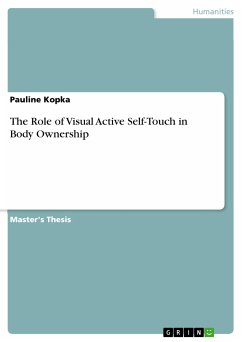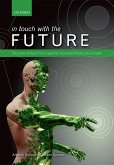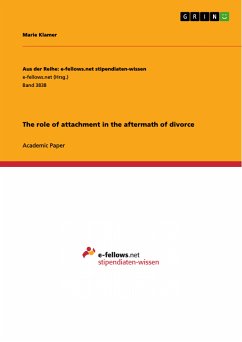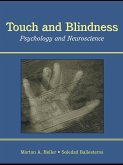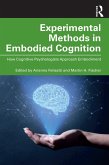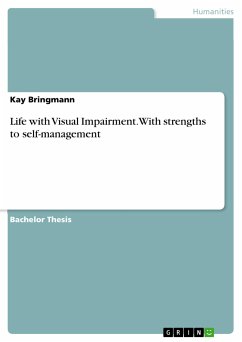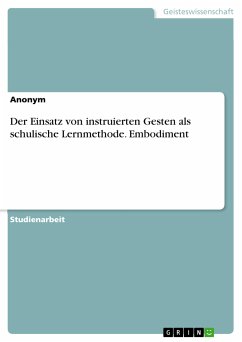Master's Thesis from the year 2021 in the subject Psychology - Cognition, grade: 1.0, SRH University of Heidelberg, language: English, abstract: The goal of the present study was to investigate how active visual self-touch modulates ownership illusions during the rubber hand illusion (RHI). 23 healthy test subjects participated. A 2x2x2 repeated measures ANOVA was performed, in which self-touch vs. external touch during RHI induction was examined. Additionally, the effect of touching the rubber hand during the RHI vs not touching it was measured, as well as the location of the rubber hand within or outside of peripersonal space (PPS). The measures used were the behavioral measure of the proprioceptive drift (PD) and a 10-item subjective embodiment questionnaire, including the components "ownerhip", "location" and "agency". Based on previous studies and theories regarding self-touch, it was hypothesized that self-touch would positively modulate body ownership. A further postulation was that touching the rubber hand during the RHI, instead of just performing the stroking motion without the touch, would induce a higher sense of embodiment, which could be confirmed. Lastly, it was hypothesized that embodiment would be positively modulated by the rubber hand being inside the PPS of the subject's own hand.
Dieser Download kann aus rechtlichen Gründen nur mit Rechnungsadresse in A, B, BG, CY, CZ, D, DK, EW, E, FIN, F, GR, HR, H, IRL, I, LT, L, LR, M, NL, PL, P, R, S, SLO, SK ausgeliefert werden.

